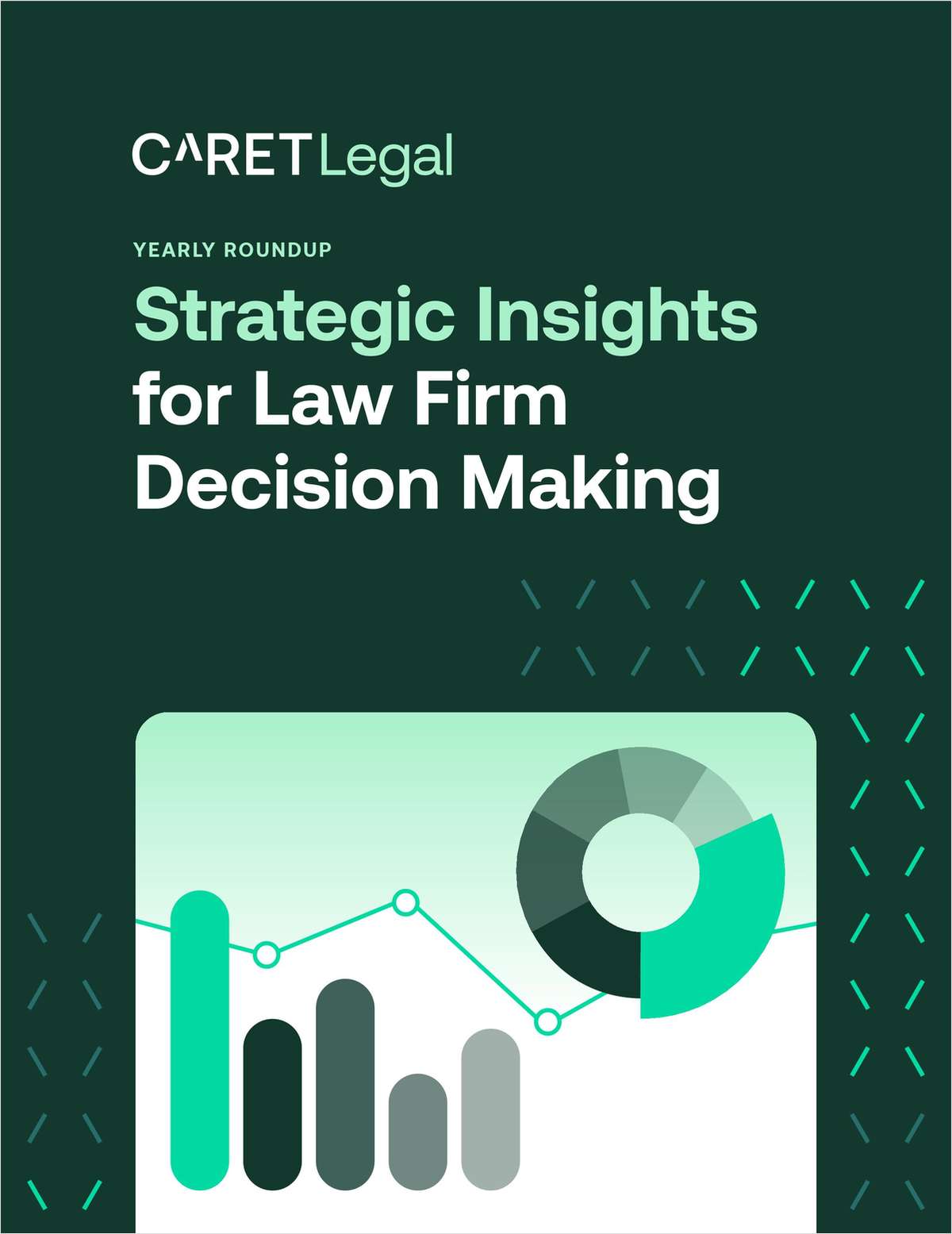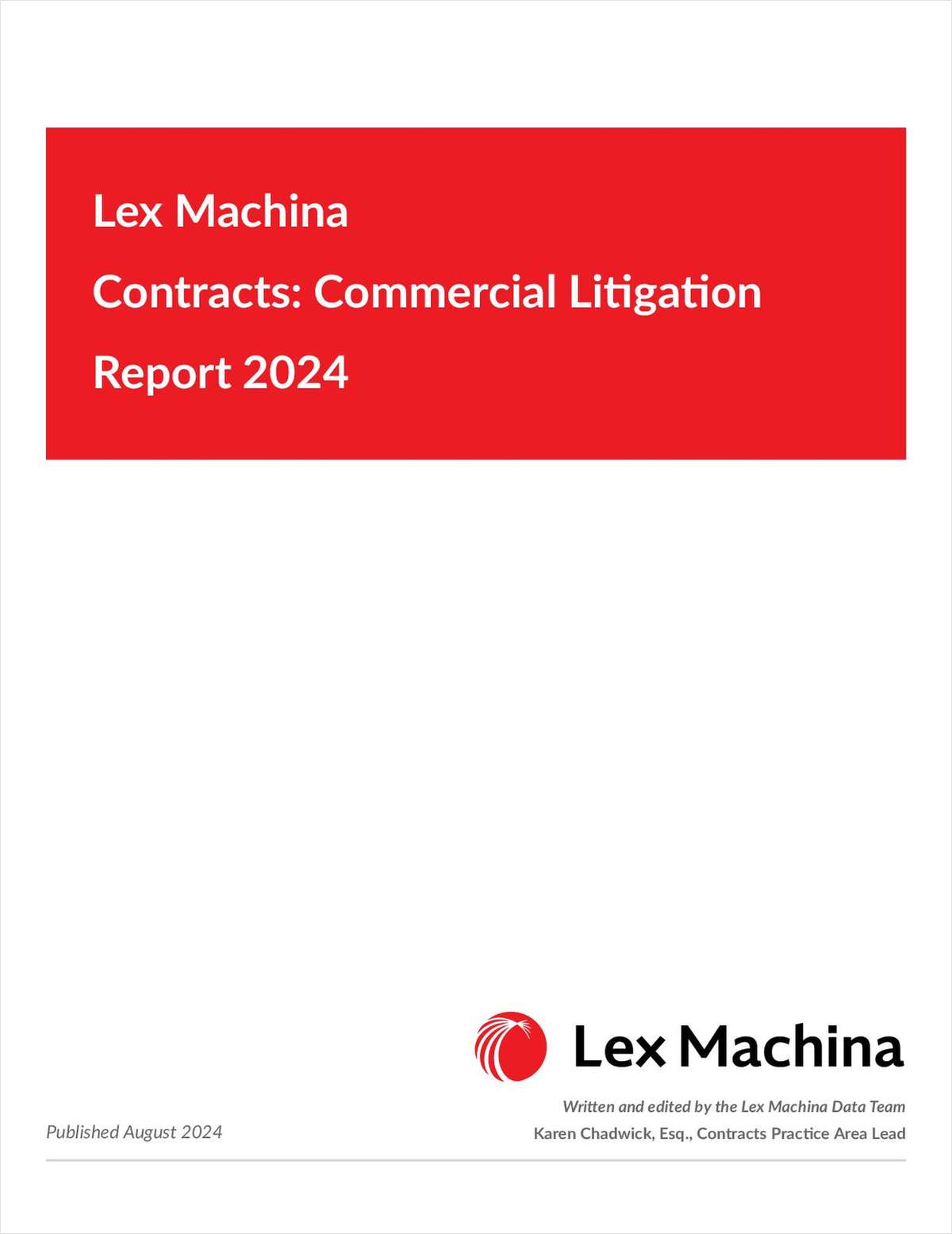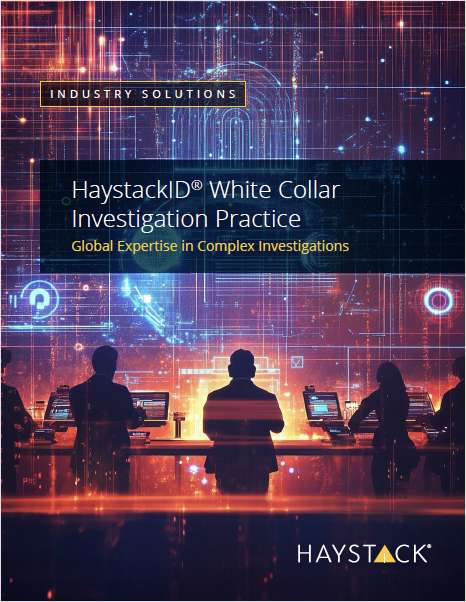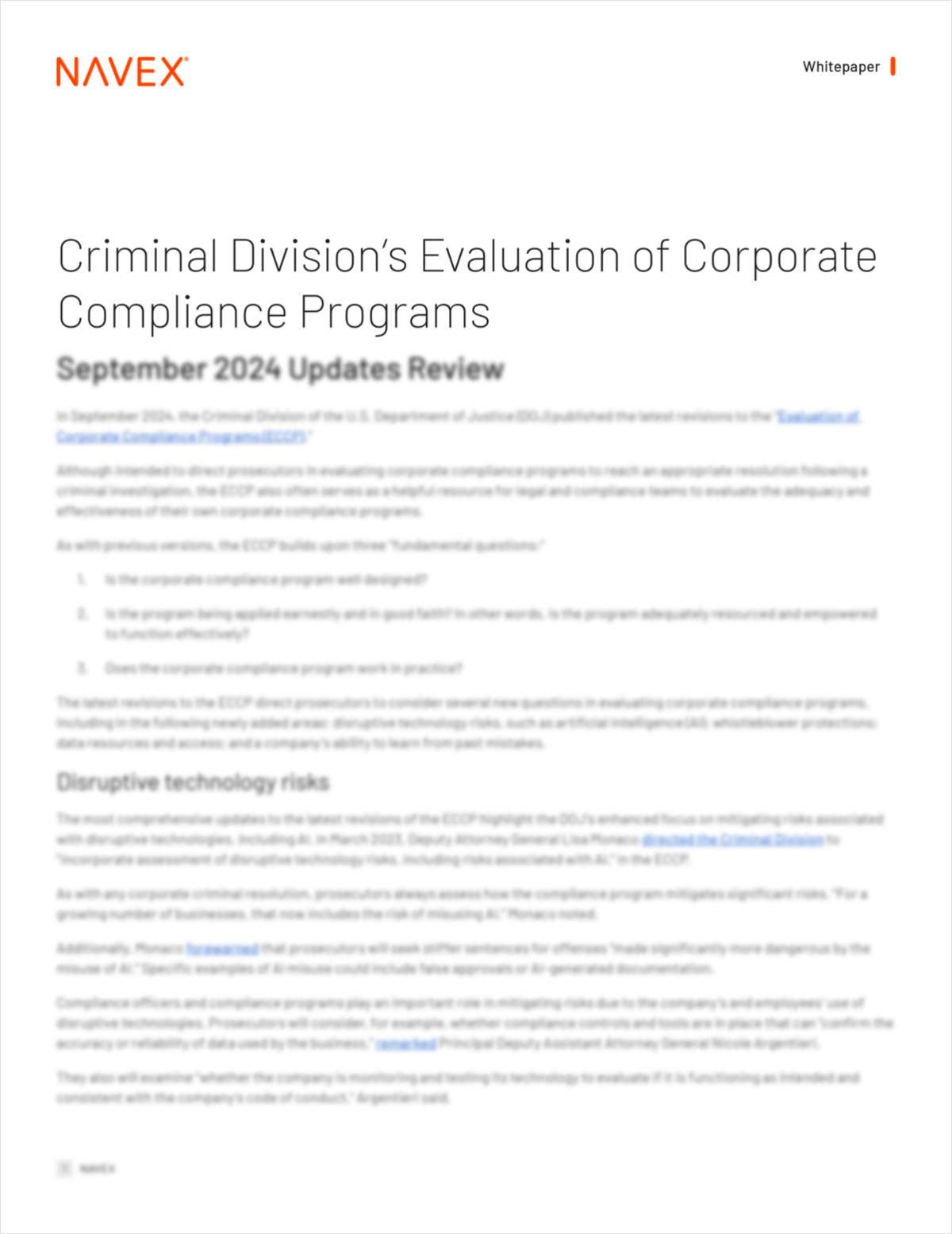Statute of Limitations and Severance of Claims
In this No-Fault Insurance Wrap-Up, David M. Barshay explains the statute of limitations for an action to recover no-fault insurance benefits against a self-insured. He also looks at motions to sever purportedly unrelated claims.
June 13, 2018 at 02:45 PM
4 minute read
The original version of this story was published on New York Law Journal
 Statute of Limitations Mandarino v. Travelers Property Casualty Ins. Co. Mandarino
Statute of Limitations Mandarino v. Travelers Property Casualty Ins. Co. Mandarino
Although the terms of the insurance policy may be mandated by various provisions of the Insurance Law, this does not alter the fact that the dispute is fundamentally contractual in nature and not a creature of statute. Accordingly, the six-year statute of limitations set forth in CPLR 213(2) applies to this action ….
Shtarkman v. MVAIC Matter of Motor Veh. Acc. Indem. Corp. v. Aetna Cas. & Sur. Co. M.N. Dental Diagnostics v. New York City Transit Authority st
Since it is undisputed that there existed no contract between plaintiff's assignor and the NYCTA, the common carrier's obligation to provide no-fault benefits arises out of the no-fault statute. Therefore, the three-year statute of limitations as set forth in CPLR 214(2) is applicable here.
Contact Chiropractic v New York City Transit Authority Manhattan & Bronx Surface Tr. Operating Auth. v. Evans (95 A.D.2d 470 [2d Dept. 1983]) Contact Chiropractic v. New York City Transit Authority
The no-fault benefits in dispute are not provided by a contract with a private insurer. Instead defendant has met its statutory obligation by self-insuring. No-fault is a creature of statute (see Aetna Life Ins. Co. v Nelson, 67 NY2d 169, 175 [1986] ["the No-Fault law does not codify common-law principles; it creates new and independent statutory rights and obligations in order to provide a more efficient means for adjusting financial responsibilities arising out of automobile accidents"]). Our holding in Aetna Life Ins. Co. is directly applicable here. As we stated in that case, "first-party benefits are a form of compensation unknown at common law, resting on predicates independent of the fault or negligence of the injured party" (id. at 175). In the absence of private law requiring defendant to pay first-party benefits (that is, in the absence of a contract for insurance), the only requirement that defendant provide such remuneration to the assignee as a result of the accident appears in relevant parts of the Vehicle and Traffic Law and the Insurance Law. Consequently, the source of this claim is wholly statutory, meaning that the three-year period of limitations in CPLR 214 (2) should control this case.
This content has been archived. It is available through our partners, LexisNexis® and Bloomberg Law.
To view this content, please continue to their sites.
Not a Lexis Subscriber?
Subscribe Now
Not a Bloomberg Law Subscriber?
Subscribe Now
NOT FOR REPRINT
© 2024 ALM Global, LLC, All Rights Reserved. Request academic re-use from www.copyright.com. All other uses, submit a request to [email protected]. For more information visit Asset & Logo Licensing.
You Might Like
View All

SCOTUS to Decide If the Feds Have to Follow the Forfeiture Rules
Trending Stories
- 1Gibson Dunn Sued By Crypto Client After Lateral Hire Causes Conflict of Interest
- 2Trump's Solicitor General Expected to 'Flip' Prelogar's Positions at Supreme Court
- 3Pharmacy Lawyers See Promise in NY Regulator's Curbs on PBM Industry
- 4Outgoing USPTO Director Kathi Vidal: ‘We All Want the Country to Be in a Better Place’
- 5Supreme Court Will Review Constitutionality Of FCC's Universal Service Fund
Who Got The Work
Michael G. Bongiorno, Andrew Scott Dulberg and Elizabeth E. Driscoll from Wilmer Cutler Pickering Hale and Dorr have stepped in to represent Symbotic Inc., an A.I.-enabled technology platform that focuses on increasing supply chain efficiency, and other defendants in a pending shareholder derivative lawsuit. The case, filed Oct. 2 in Massachusetts District Court by the Brown Law Firm on behalf of Stephen Austen, accuses certain officers and directors of misleading investors in regard to Symbotic's potential for margin growth by failing to disclose that the company was not equipped to timely deploy its systems or manage expenses through project delays. The case, assigned to U.S. District Judge Nathaniel M. Gorton, is 1:24-cv-12522, Austen v. Cohen et al.
Who Got The Work
Edmund Polubinski and Marie Killmond of Davis Polk & Wardwell have entered appearances for data platform software development company MongoDB and other defendants in a pending shareholder derivative lawsuit. The action, filed Oct. 7 in New York Southern District Court by the Brown Law Firm, accuses the company's directors and/or officers of falsely expressing confidence in the company’s restructuring of its sales incentive plan and downplaying the severity of decreases in its upfront commitments. The case is 1:24-cv-07594, Roy v. Ittycheria et al.
Who Got The Work
Amy O. Bruchs and Kurt F. Ellison of Michael Best & Friedrich have entered appearances for Epic Systems Corp. in a pending employment discrimination lawsuit. The suit was filed Sept. 7 in Wisconsin Western District Court by Levine Eisberner LLC and Siri & Glimstad on behalf of a project manager who claims that he was wrongfully terminated after applying for a religious exemption to the defendant's COVID-19 vaccine mandate. The case, assigned to U.S. Magistrate Judge Anita Marie Boor, is 3:24-cv-00630, Secker, Nathan v. Epic Systems Corporation.
Who Got The Work
David X. Sullivan, Thomas J. Finn and Gregory A. Hall from McCarter & English have entered appearances for Sunrun Installation Services in a pending civil rights lawsuit. The complaint was filed Sept. 4 in Connecticut District Court by attorney Robert M. Berke on behalf of former employee George Edward Steins, who was arrested and charged with employing an unregistered home improvement salesperson. The complaint alleges that had Sunrun informed the Connecticut Department of Consumer Protection that the plaintiff's employment had ended in 2017 and that he no longer held Sunrun's home improvement contractor license, he would not have been hit with charges, which were dismissed in May 2024. The case, assigned to U.S. District Judge Jeffrey A. Meyer, is 3:24-cv-01423, Steins v. Sunrun, Inc. et al.
Who Got The Work
Greenberg Traurig shareholder Joshua L. Raskin has entered an appearance for boohoo.com UK Ltd. in a pending patent infringement lawsuit. The suit, filed Sept. 3 in Texas Eastern District Court by Rozier Hardt McDonough on behalf of Alto Dynamics, asserts five patents related to an online shopping platform. The case, assigned to U.S. District Judge Rodney Gilstrap, is 2:24-cv-00719, Alto Dynamics, LLC v. boohoo.com UK Limited.
Featured Firms
Law Offices of Gary Martin Hays & Associates, P.C.
(470) 294-1674
Law Offices of Mark E. Salomone
(857) 444-6468
Smith & Hassler
(713) 739-1250










